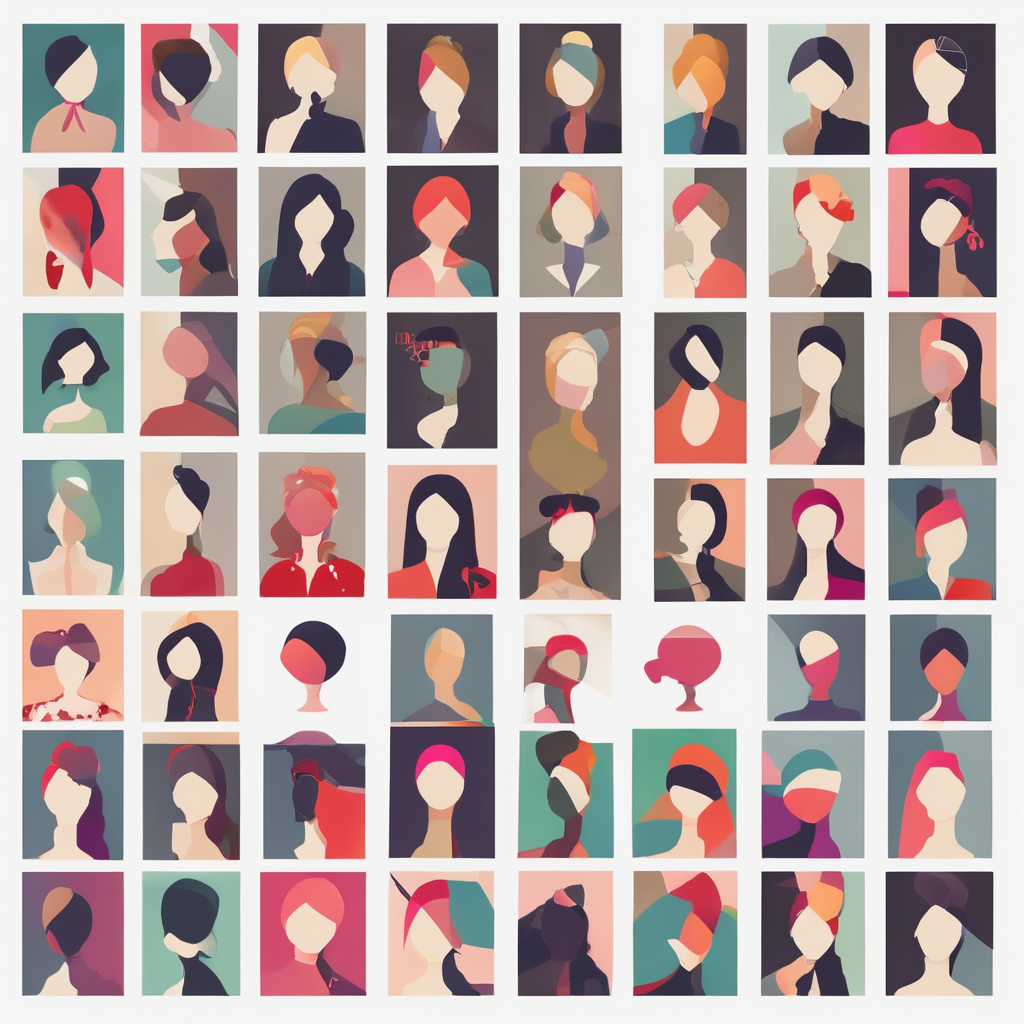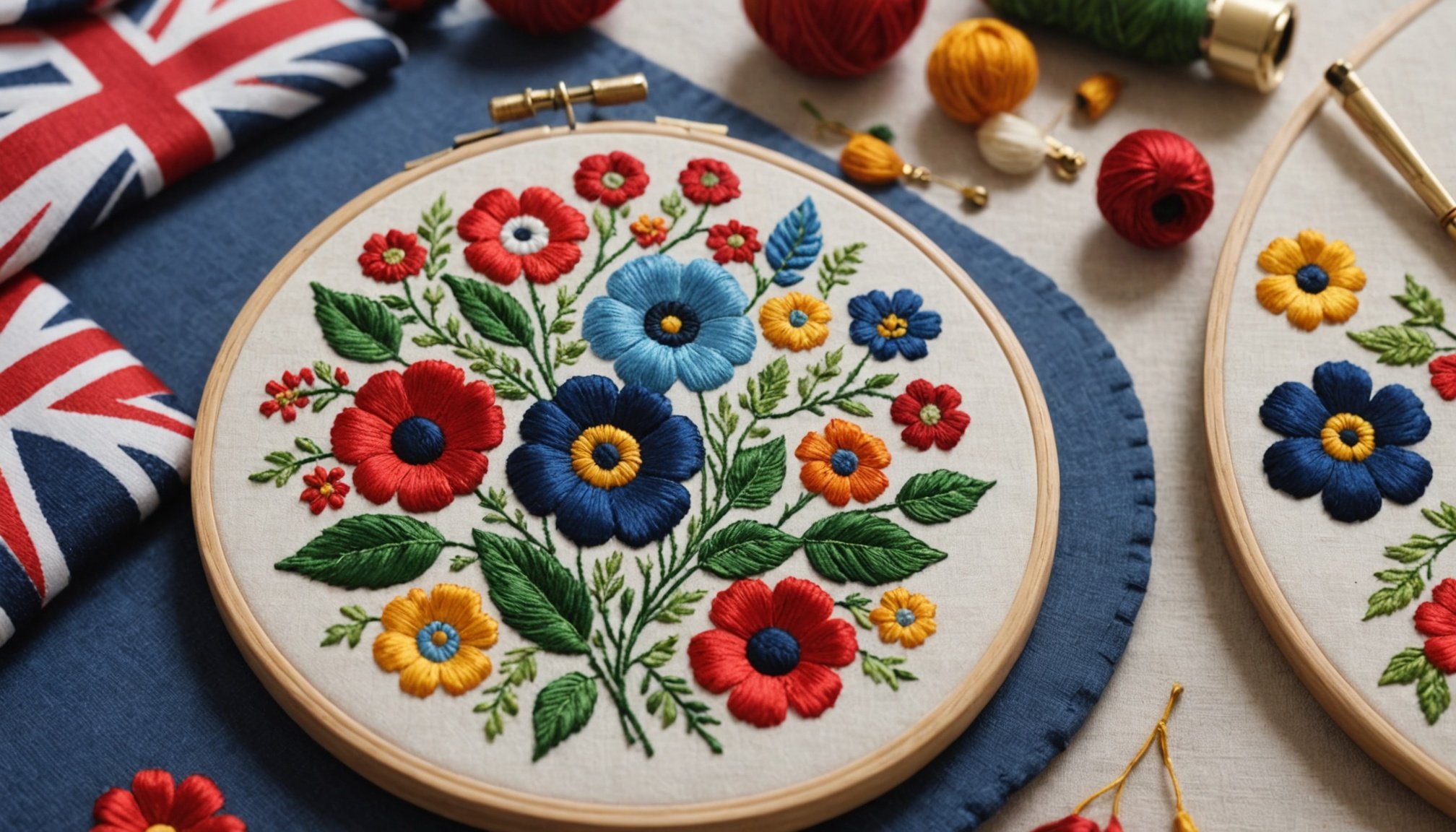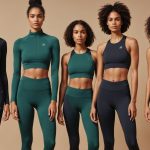Incorporating Embroidery into British Fashion
Traditional British fashion includes items like trench coats, tweed jackets, and wool cardigans, all offering a rich canvas for embroidery. Embroidered British fashion allows for the personalization of these classic styles, adding intricate designs that complement their historical charm.
Modern techniques elevate these traditional pieces, merging innovation with classic styles. Machine embroidery, for instance, offers precision and extensive pattern options, making it ideal for intricate designs. Conversely, hand embroidery brings a unique, personalized touch, which can transform even the most ordinary garment into something noteworthy.
Have you seen this : Revamp your look: stylish tips for rocking a leather jacket with elegance
Notable examples of embroidery integration include Burberry’s bespoke trench coats featuring embroidered monograms, and Liberty London’s scarves with exquisite floral motifs. These cases illustrate how classic styles can remain true to their roots while showcasing new tendencies.
By understanding and utilising both modern and traditional techniques, individuals can craft pieces that blend history with contemporary flair. This approach not only honours British fashion heritage but also allows for fresh artistic expression, ensuring embroidered British fashion remains both relevant and exciting. These techniques empower fashion enthusiasts to personalize fashion uniquely and stylishly.
Also to discover : Unleash Color Blocking: Transform Your Winter Wardrobe for London’s Chilly Days
Step-by-Step Guides for Embroidery Techniques
Embroidery tutorials offer a creative outlet for fashion enthusiasts eager to personalize their outfits. Understanding the basic stitching techniques is fundamental for beginners. Essential tools include embroidery hoops, needles, and threads, which serve as a foundation for practicing these techniques. Tutorials usually focus on popular stitches like the backstitch, satin stitch, and French knot, making them accessible to all skill levels.
For those seeking more complexity, advanced embroidery methods broaden one’s artistic range. Techniques such as goldwork, shadow work, or stumpwork add dimensionality and texture to the fabric, enhancing the garment’s visual appeal. DIY fashion enthusiasts often share tips and techniques online, providing a community-driven resource for peer learning.
Designing custom patterns allows a personal touch, reflecting one’s unique style. This can involve sketching ideas by hand or using digital software to create intricate designs. Many artists recommend drawing inspiration from nature, architecture, or even classic fashion trends to craft something truly unique. Ultimately, these embroidery tutorials empower individuals to cultivate a personal style through creativity and innovation, transforming ordinary clothing items into bespoke fashion pieces.
Inspirational Examples of Transformed Outfits
Embroidered outfits showcase boundless possibilities for fashion transformation, inspiring individuals to reimagine their wardrobes uniquely. This art form can refresh a piece with vibrant, personal flair, imbuing traditional wear with novel relevance.
Case Studies of Personalized British Fashion
Emphasizing style inspiration, numerous case studies highlight how embroidered outfits redefine classic attire. Consider a tweed jacket spruced up with intricate floral designs or a simple cardigan embellished with abstract stitched patterns. These examples not only preserve the timeless elegance of British garments but also introduce an individualistic approach that aligns with modern tastes.
Visual Gallery of Embroidered Looks
Photographic galleries offer a wealth of fashion transformation ideas by depicting an array of embroidery styles. These visuals capture embroidered elements from contemporary street fashion to runway trends, providing tangible instances of how embroidery transcends the fabric to elevate the overall aesthetic.
Influencer Style Features
Influencers contribute significantly to this creative domain, showcasing style inspiration by incorporating unique embroidered elements into their wardrobes. Their stories reveal a myriad of innovative approaches to personalization, motivating others to embark on their embroidery journey. From subtle stitching on everyday wear to extravagant embellishments on special occasion pieces, their work exemplifies the transformative power of embroidery.
Choosing the Right Embroidery Designs
Selecting the ideal embroidery design can elevate any British fashion piece, ensuring it complements classic styles while infusing a personalized touch. To choose the right patterns, consider the garment’s aesthetic and how the design aligns with existing styles. For instance, geometric motifs might enhance a sleek trench coat, whereas floral designs could beautifully accentuate a wool cardigan.
Colour and texture play pivotal roles in embroidery design selection. Opt for hues that match or contrast effectively with the fabric, enhancing the overall appeal. Consider textures that add dimension without overwhelming the garment. For example, delicate threads can add subtle elegance to a formal piece, while bolder textures can transform casual wear with striking flair.
Cultural and seasonal factors also influence design selection. Draw inspiration from regional themes, such as Celtic patterns, or nod to the seasons with motifs like autumn leaves or spring blossoms. The chosen design should not only resonate with personal taste but also align with broader cultural trends, ensuring the embroidery remains relevant and fashionably conscious throughout the year.
Relevant Trends in Embroidery and Fashion
In the world of fashion, embroidery trends are constantly evolving, merging tradition with modern innovation. Fashion embroidery is experiencing a revival, influenced heavily by current popular styles and historical patterns. Today’s modern adaptations have turned traditional techniques into a canvas for artistic expression, with contemporary designs often seen in luxury and streetwear.
Current Popular Styles
Embroidery techniques at the forefront of fashion include textured elements such as 3D embellishments and metallic threadwork. These add a fresh dimension to garments, capturing interest with their intricate detailing.
Historical Influences on Modern Embroidery
Many of the trends are rooted in history, drawing from eras like the Victorian and Edwardian periods. The resurgence of floral motifs and ornate detailing in fashion embroidery reflect a nostalgic nod to these ages.
Eco-Friendly and Sustainable Practices
Sustainability is a major consideration, with a shift towards using eco-friendly materials. Designers increasingly opt for organic and recycled threads, supporting environmentally friendly practices without sacrificing artistic expression. This makes embroidery not only a fashion choice but also an ethical one, reflecting a broader trend towards eco-conscious consumption.
Resources for Purchasing Embroidery Supplies
Supplying the right materials is crucial for anyone aiming to excel in embroidered British fashion. Purchasing quality embroidery supplies involves making informed decisions about where to buy and understanding what makes for durable craftsmanship resources.
Online and Local Supplier Recommendations
To personalize fashion through embroidery effectively, selecting trustworthy suppliers can transform your experience. Online stores like John Lewis and The Royal School of Needlework offer high-quality threads and fabrics. If you prefer in-person experiences, local boutiques often provide curated selections suitable for both classic styles and modern adaptations.
Essential Tools for Beginners and Advanced Enthusiasts
Beginners require basic tools – embroidery hoops, needles, and a variety of threads are non-negotiable. As skills progress, investing in specialised tools like advanced stitching machines can significantly enhance crafting. These investments ensure precision in creating intricate designs, marrying tradition with contemporary technique.
Sourcing Quality Threads and Fabrics
Craftsmanship resources dictate the outcome of any embroidery work. Opt for materials boasting vibrant colours and durability, ensuring that the texture complements the chosen classic styles. Sustainable options such as organic cotton threads honour both artistic intent and environmental consciousness, aligning with current ethical fashion trends.











